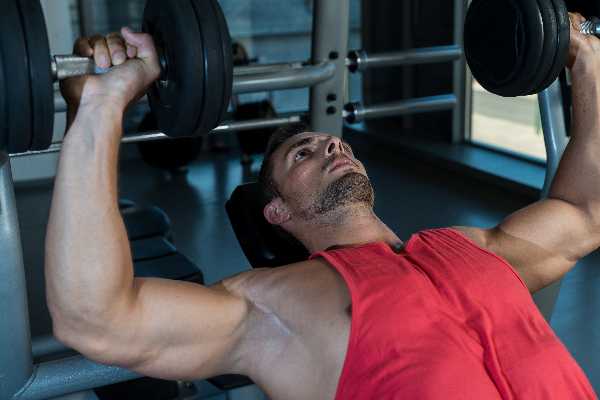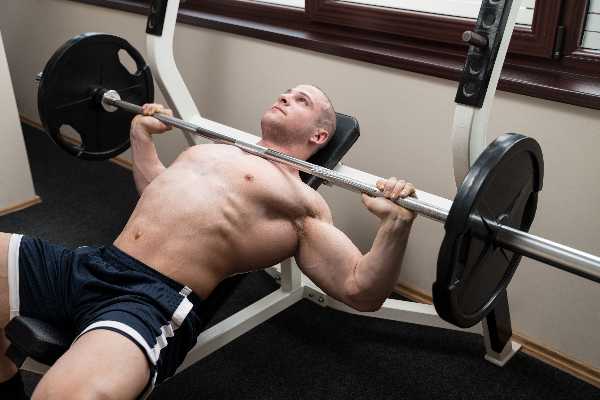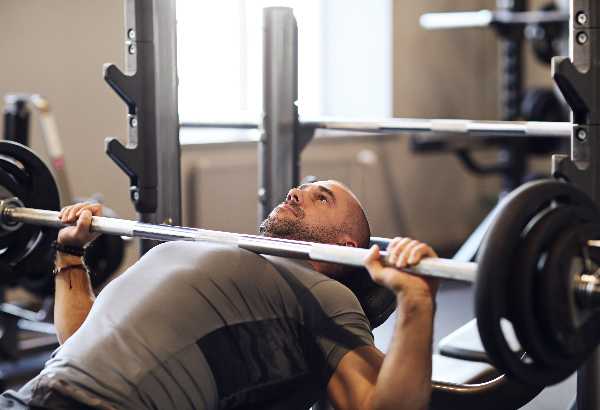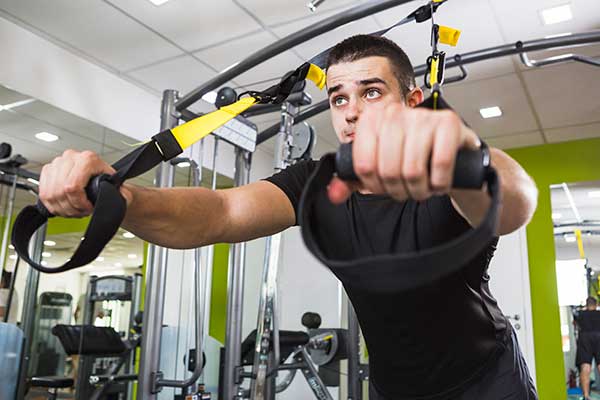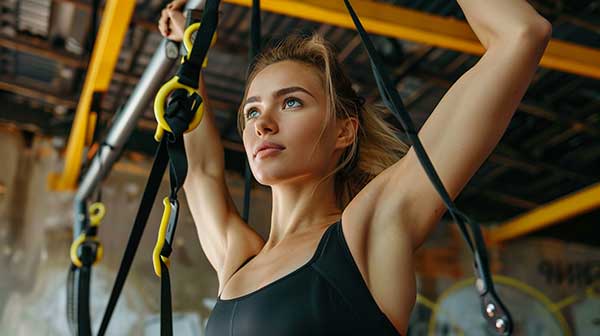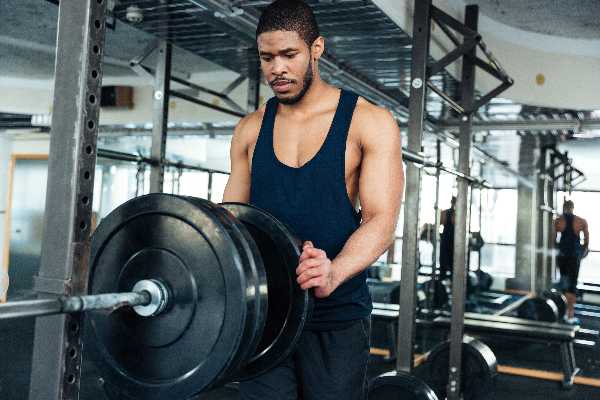How to Workout The Upper Chest Using a Bench Press
Introduction to the Upper Chest Muscle
When it comes to building a well-defined upper body, the chest often takes center stage. Yet, many gym-goers overlook one crucial area: the upper chest. This part of your pectorals not only enhances your overall physique but also contributes significantly to strength and performance in various exercises. If you’ve ever wondered how to sculpt that coveted shelf-like appearance or improve your pressing power, focusing on the upper chest is key.
In this blog post, we’ll dive into everything you need to know about targeting your upper chest using a bench press. Whether you’re aiming for aesthetic gains or functional strength, understanding how to effectively engage this muscle can transform your workout routine. Let’s get started!
The Importance of Targeting the Upper Chest in Your Workout Routine
Targeting the upper chest is crucial for achieving a balanced physique. Many people focus solely on the middle and lower areas, neglecting this important section.
A well-developed upper chest enhances overall aesthetics. It creates that coveted V-taper look, making your shoulders appear broader and your waist narrower.
Additionally, strong upper pectoral muscles improve performance in various activities. Whether you’re pushing heavy objects or playing sports, having strength in this area boosts your capability.
Incorporating exercises specifically for the upper chest can also prevent muscular imbalances. This ensures all parts of your pecs develop evenly, reducing the risk of injury over time.
Moreover, targeting this muscle group can enhance stability during compound lifts like bench presses and shoulder presses. By strengthening these muscles, you’ll support better form and increase lifting potential across multiple exercises.
Understanding the Bench Press Exercise
The bench press is a staple exercise in strength training, renowned for its ability to build upper body strength. It primarily targets the chest muscles but also engages the shoulders and triceps.
When you lie on the bench with your feet firmly planted on the ground, you’re set up for an effective workout. The barbell should rest at shoulder height before you lift it off. A controlled motion is essential; lowering the bar to your chest allows for maximum muscle engagement.
As you press upward, focus on maintaining a stable core and proper alignment of your wrists and elbows. This ensures that you’re not only working your upper chest effectively but also avoiding unnecessary strain or injury.
Incorporating variations like incline bench presses can further emphasize upper chest development, making this exercise versatile and beneficial for any fitness routine.
Proper Form and Technique for Working the Upper Chest with a Bench Press
To effectively target the upper chest during a bench press, start by adjusting your bench to a slight incline. A 30 to 45-degree angle works best for hitting those upper fibers.
Position yourself on the bench with your feet flat on the ground. Grip the barbell slightly wider than shoulder-width apart. This grip ensures that you engage your chest muscles correctly.
As you lower the bar, keep your elbows at about a 45-degree angle relative to your torso. Avoid flaring them out too wide; this can strain your shoulders and diminish upper chest engagement.
Control the movement as you bring the bar down to just above your collarbone. Pause briefly before pushing it back up in a straight line, maintaining tension throughout.
Breathe steadily: inhale while lowering and exhale powerfully as you lift. Remember, focus on quality over quantity—perfecting form is key for maximizing gains and minimizing injuries.
Alternative Exercises for Targeting the Upper Chest
If you’re looking to add variety to your upper chest workouts, there are several effective alternatives to the traditional bench press.
Incline dumbbell presses are a fantastic option. By adjusting your bench to a 30-45 degree angle, you can focus on activating those upper pectoral muscles more intensely.
Another great choice is the incline cable fly. This exercise allows for a greater range of motion and constant tension throughout the movement, which can enhance muscle activation.
Push-ups with feet elevated also target the upper chest effectively. Elevating your feet shifts focus from the overall pecs to emphasizing that all-important upper area.
Consider using resistance bands for an incline pressing motion. They provide unique resistance that challenges stability while working those hard-to-reach fibers in your chest.
Incorporate these exercises into your routine for balanced upper body development and increased strength gains!
Tips for Maximizing Results and Avoiding Injury
To maximize results when working your upper chest, focus on progressive overload. Gradually increase the weight or reps to challenge your muscles consistently.
Rest is equally important. Allow adequate recovery time between workouts to prevent fatigue and overtraining. Your muscles need time to repair and grow.
Incorporate a proper warm-up before each session. This can include dynamic stretches or light cardio to get the blood flowing and prepare your body for lifting.
Pay close attention to your form throughout every rep. Avoid arching your back or using momentum, as these can lead to injuries.
Consider varying your grip width during bench presses; this small adjustment can target different parts of the upper chest effectively while reducing strain on joints.
Listening to your body is crucial too. If you feel pain beyond typical muscle soreness, it might be wise to reassess both technique and load.
Conclusion
Building a strong upper chest is essential for achieving balanced muscle development and enhancing your overall physique. By incorporating the bench press into your workout routine, you can effectively target this area while also enjoying the benefits of an engaging compound movement.
Remember to focus on proper form and technique to ensure that you’re maximizing effectiveness and minimizing the risk of injury. Don’t hesitate to mix in alternative exercises for variety and added stimulus; keeping your workouts fresh will help maintain motivation and progress.
Consistency is key when it comes to seeing results. Listen to your body, adjust weights as necessary, and prioritize recovery. With dedication, you’ll notice improvements not only in strength but also in appearance.
As you embark on this journey toward building a stronger upper chest using the bench press, keep these tips handy. Your commitment will pay off over time as you develop a well-defined upper chest that supports both aesthetics and functional fitness goals.
- About the Author
- Latest Posts
Johnnie D. Jackow Sr., the founder and CEO of Total Body Fitness, Worldwide, has a long-standing career in the fitness industry. He began as a certified personal trainer in the mid-90s and soon after authored his first weight loss book in 1998. This led to the launch of Total Body Fitness, Nationwide in the USA at the same time. Johnnie gained recognition as the fitness guru of his time, running infomercials on local TV late at night in Houston, Texas. Over the years, he has helped more than 40,000 individuals from all over the world achieve their health and fitness goals. With over 60,000 hours of documented training in integrative functional medicine, he completed his PhD in human physiology in 2010. His primary objective is to assist people in reaching their health and fitness goals through alternative approaches rather than relying solely on conventional medicine and pharmaceutical drugs. Today, with almost three decades of experience under his belt, Johnnie continues to be a leader in health and fitness.

